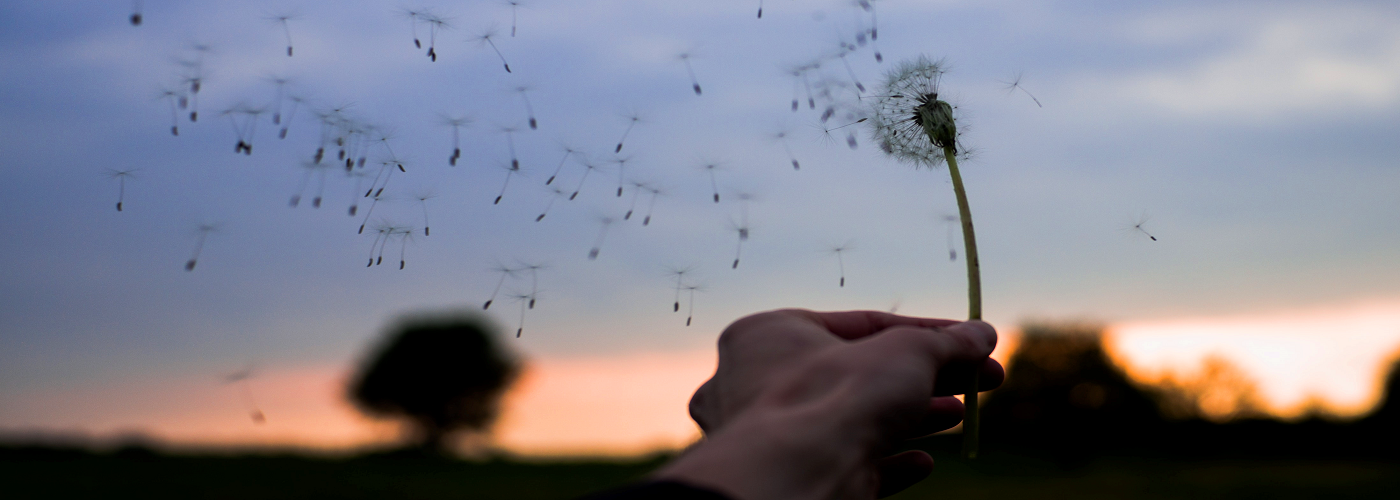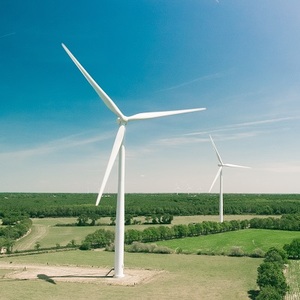

Up until now, when the topic of generating electricity with wind energy is discussed, it is almost exclusively in the domain of the wind turbine. These are often industrial scale installations, albeit some of the more cost-effective renewable energy sources, today. However, they don't lend themselves to widespread adoption in the smaller scale consumer realm due to space, wind speed, and cost constraints. Researchers in China, though, aim to make wind energy not only more affordable for the average consumer, but small enough to even be incorporated into small portable electronics, like smartphones.
Instead of relying on wind to turn the blades of a wind turbine, the Chinese team makes use of the same effect that causes a balloon to statically cling to hair or other surfaces, called the triboelectric effect. Inside a small tube, the team fastened two thin strips of plastic, and when a breeze passes through the tube, the strips of plastic flutter together and apart. Much as when a balloon rubbed against someone's hair is then pulled away, causing the hair to stand on end, as the strips of plastic rub against each other and then move apart, an electric charge is generated and then captured and stored.
As this nanogenerator device doesn't rely on the traditional wind turbine, it can generate electricity from much gentler wind, as low as 3.6 mph (1.6 m/s), though the optimum wind speeds are in the 9 to 18 mph range. Even a person’s swinging arm while walking is enough to generate power with this device. The latest nanogenerator is able to power 100 LED lights or power a digital thermometer. In the future, if these devices are scaled up in size for industrial installations, they would pose much less of a risk to wildlife as they don’t have spinning blades.

